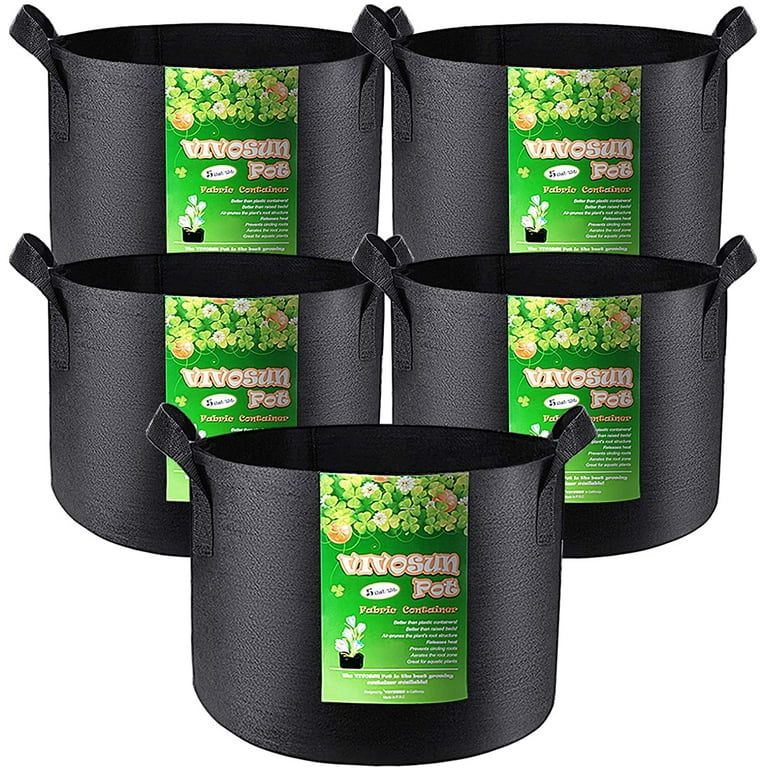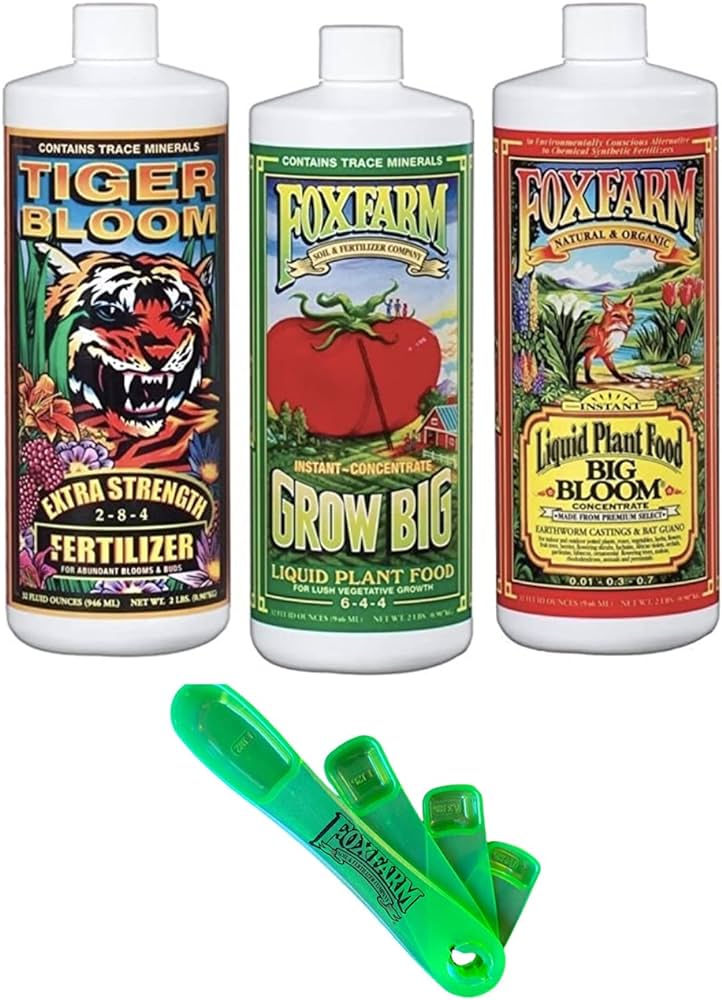A Green Journey: Growing Cannabis from a Clone

As of July 1st 2023, a new era dawned in Maryland as the cultivation of cannabis became entirely legal, marking a significant milestone in the state’s progressive approach to cannabis reform. Maryland residents can now harness the opportunity to cultivate cannabis for personal use, and while there are various methods to embark on this journey, starting with a clone has emerged as a popular choice for many aspiring cannabis cultivators. Cloning allows enthusiasts to jumpstart their cannabis cultivation efforts by taking a genetically identical cutting from a mature plant, ensuring consistency in strain characteristics and potentially accelerating the growth process
. With the legalization of cannabis cultivation, Maryland residents can now explore this fascinating world of horticulture and enjoy the benefits of homegrown cannabis. Medical patients can legally grow up to four plants per household, while recreational customers are allowed to cultivate two plants at a time, further enhancing access to this versatile and therapeutic plant. In this blog, we’ll take you through the process of growing cannabis from a clone, from selecting the right clone to providing the ideal growing conditions.What is a cannabis clone?
A cannabis clone is essentially a cutting from a mature cannabis plant that shares the same genetic makeup as its parent. This means that any desirable traits, such as a specific strain’s flavor, potency, or growth characteristics, can be preserved through cloning. It’s a way to replicate the exact genetics of a plant without the variability that comes with growing from seeds.
Why choose clones over seeds?
There are several advantages to growing cannabis from clones:
Genetic Consistency: Clones ensure that you get a plant with the exact genetic traits you desire, as opposed to the genetic variability present in seeds.
Faster Growth: Clones are already in the vegetative stage, so they skip the seedling phase and grow faster.
Gender Assurance: Clones are typically female, which is essential for flower production.
Predictable Yield: You can anticipate yield based on the clone’s genetics and the growing conditions.
Benefits of cloning
Preservation of Desirable Traits: Cloning allows you to keep the characteristics you love in a particular strain.
Reduced Time to Harvest: Clones skip the germination and early growth stages, reducing overall time to harvest.
Increased Consistency: Expect consistent results in terms of potency, flavor, and appearance.
Cost-Efficiency: You save money on seeds and reduce the chances of investing time and resources in a male plant.
Propagate Rare Strains: Clone rare or unique strains to preserve their genetics.
In the next section, we’ll delve into selecting the perfect clone for your cannabis garden.
Selecting the Perfect Clone
Where to find cannabis clones
You have several options for sourcing cannabis clones:
Dispensaries and Nurseries: Many dispensaries and nurseries offer a selection of clones. This can be a convenient option if you’re a beginner.
Online Retailers: Some online retailers ship cannabis clones directly to your door, depending on your location and local laws.
Fellow Growers: Connect with fellow growers through online forums, social media, or local cannabis enthusiast groups. Some experienced growers may be willing to share or sell clones.
Identifying a healthy clone
When choosing a clone, keep these factors in mind:
Vibrant Leaves: Look for clones with lush, green leaves and no signs of discoloration, wilting, or yellowing.
Strong Stems: Healthy clones have sturdy stems that are not overly thin or fragile.
Root System: If possible, check the roots. Healthy clones have white, well-developed root systems.
Pest and Disease-Free: Examine the clone closely for any signs of pests or diseases.
Size and Vigor: Choose clones that are compact, bushy, and exhibit vigorous growth.
Strain selection
Your choice of strain will greatly influence the outcome of your cannabis cultivation journey. Consider factors like:
THC/CBD Levels: Different strains have varying levels of THC and CBD, affecting the plant’s psychoactive and medicinal properties.
Flavor and Aroma: Some strains have unique flavors and aromas, from fruity and sweet to earthy and spicy.
Yield: Research the expected yield of the strain and whether it’s suitable for your growing space.
Growth Characteristics: Strains can vary in terms of height, branching, and flowering time.
Once you’ve selected the perfect clone, it’s time to prepare your grow space, which we’ll cover in the next section.
Preparing Your Grow Space
Indoor vs. outdoor cultivation
Your choice between indoor and outdoor cultivation depends on various factors:
Climate: Consider your local climate and weather patterns. Indoor cultivation provides more control over environmental factors.
Space: Indoor cultivation can be done in a small closet or a dedicated grow room, while outdoor cultivation requires more space.
Control: Indoor cultivation allows precise control over light, temperature, and humidity.
Cost: Outdoor cultivation can be less expensive, as it doesn’t require lighting equipment and ventilation systems.
Setting up the grow room or outdoor plot
For indoor cultivation, here are some key considerations:
Lighting: Invest in high-quality grow lights, such as LED, HPS, or CMH, to mimic the sun’s spectrum.
Ventilation: Ensure proper airflow to prevent mold and maintain consistent temperature and humidity levels.
Temperature and Humidity Control: Use thermostats and humidifiers to maintain optimal conditions for cannabis growth.
For outdoor cultivation, follow these steps:
Choose the Right Spot: Select a location with plenty of sunlight, well-drained soil, and protection from strong winds.
Prepare the Soil: Test and amend the soil as needed to ensure it has the right pH and nutrient levels.
Security: Consider security measures to protect your plants from theft or wildlife.
Seasonal Considerations: Plan your cultivation around the natural growing season in your region.
Choosing the right growing medium
Whether you’re growing indoors or outdoors, choosing the right growing medium is crucial. Common options include:
Soil: Quality organic soil with good drainage and aeration is ideal for outdoor cultivation.
Coco Coir: A popular hydroponic medium that’s environmentally friendly and provides good water retention.
Hydroponics: Indoor growers often opt for hydroponic systems, which use nutrient-rich water instead of soil.
With your grow space prepared and your clone selected, it’s time to transplant the clone into its new home. We’ll explore this step in the next section.
Transplanting the Clone
Preparing the transplant hole
Before transplanting your clone, make sure the growing medium is ready. If you’re using soil, ensure it’s well-prepared and has the right pH level. If you’re using coco coir or a hydroponic system, have your nutrient solution ready.
Prepare a hole in the medium that’s slightly larger than the root ball of your clone. Gently pack the medium around the hole to create a stable planting site.
Rooting hormone application
Using a rooting hormone can help stimulate root growth and increase the chances of a successful transplant. Dip the cut end of your clone into a rooting hormone gel or powder, following the manufacturer’s instructions.
Transplanting your clone
Gently remove the clone from its original container or rooting medium, taking care not to damage the roots.
Place the clone into the prepared hole in your chosen growing medium. Ensure the top of the root ball is level with the surrounding medium.
Firmly but gently pack the medium around the clone, stabilizing it in its new home.
Water the clone thoroughly to help settle the medium around the roots.
If you’re growing indoors, place the clone under your grow lights and set your light cycle to the vegetative stage (typically 18 hours of light per day).
Now that your clone is transplanted, it’s time to nurture and care for it. In the next section, we’ll explore the essential aspects of clone care.

Caring for Your Clone
Light and humidity requirements
Light: Provide your clone with the right amount of light. During the vegetative stage, clones need 18-24 hours of light each day. As they transition to the flowering stage, reduce the light cycle to 12 hours to induce flowering.
Humidity: Maintain a humidity level of 50-70% during the vegetative stage. Reduce it to 40-50% during flowering.
Nutrients and watering schedule
Nutrients: Start with a balanced vegetative nutrient solution during the vegetative stage and switch to a flowering nutrient formula when you see the first signs of bud development.
Watering: Allow the top inch of the growing medium to dry before watering. Overwatering can lead to root problems.
pH Levels: Monitor and adjust the pH of your water and nutrient solution to ensure optimal nutrient uptake.
Pruning and shaping your plant
Pruning and training your clone can improve yields and plant health:
Topping: Remove the top growth tip to encourage lateral branching.
LST (Low-Stress Training): Gently bend and tie down branches to create a more even canopy.
Defoliation: Remove excess leaves to improve airflow and light penetration.
Super Cropping: Gently bend branches to create a more open and even canopy.
Dealing with Common Issues
Cannabis cultivation can come with challenges, including pests, diseases, and environmental stressors. Be prepared to address issues such as:
Pests: Monitor your plants regularly for signs of pests like aphids, spider mites, and whiteflies. Use organic or chemical solutions as needed.
Diseases: Keep your growing area clean and well-ventilated to prevent mold and mildew. Fungicides may be necessary in some cases.
Nutrient Problems: Pay attention to nutrient deficiencies or excesses, which can manifest as yellowing leaves, brown spots, or slow growth.
Stress Factors: Avoid overwatering, excessive pruning, or abrupt changes in environmental conditions that can stress your clone.
Monitoring Growth
Keep a close eye on your clone as it progresses through the vegetative and flowering stages. Track its height, branch development, and overall health. Adjust your care regimen as needed, and consider training techniques like topping and LST to maximize your yield.
Harvesting and Curing
Knowing when to harvest is crucial for obtaining the desired potency and flavor. Keep these factors in mind:
Trichome Color: Use a magnifying glass to check the color of the trichomes. Harvest when they are mostly milky white with a few amber ones for a balanced effect.
Flowering Time: Some strains have specific flowering times, so follow the recommendations for your chosen strain.
Drying and Curing: After harvest, hang your buds to dry in a dark, cool, and well-ventilated space. Once sufficiently dry, cure the buds in glass jars for a few weeks to enhance flavor and aroma.
Storage: Store cured buds in a cool, dark place in airtight containers to maintain freshness.
Legal and Ethical Considerations
Before embarking on your cannabis cultivation journey, it’s crucial to understand and abide by your local laws and regulations regarding the cultivation, possession, and use of cannabis. Additionally, practice responsible and ethical cultivation by minimizing environmental impact and respecting the rights and privacy of others.
Conclusion
Growing cannabis from a clone can be a rewarding and efficient way to enjoy your favorite strains in the comfort of your own home. From selecting the perfect clone to providing the ideal growing conditions, the journey can be both educational and enjoyable. With careful attention to detail and a commitment to responsible cultivation, you can cultivate high-quality cannabis that meets your unique preferences and needs. Happy growing!
What do I NEed To Grow Inside

DIY Smart Grow Tent System 4×2, WiFi-Integrated Grow Tent Kit, with Automate Ventilation and Circulation, Schedule Full Spectrum 200W LED Grow Light, and GrowHub E42A Controller

Roll over image to zoom in 4 VIDEOS Spider Farmer 2024 New EVO SF2000 LED Grow Light 2×4 with Samsung LM301H EVO High Efficiency & Dimmable Lighting, Full-Spectrum Commercial Plant Lights for Indoor Growing in Grow Rooms & 4×2 Grow Tent

FoxFarm FX17090 Cultivation Nation 70/30, 2 cu ft Coconut Coir & Perlite, Natural

FoxFarm FX17090 Cultivation Nation 70/30, 2 cu ft Coconut Coir & Perlite, Natural

Liquid Nutrient Trio Soil Formula with Fox Farm Spoon: Big Bloom, Grow Big, Tiger Bloom (Pack of 3-32 oz. Bottles with Fox Farm Spoon)




